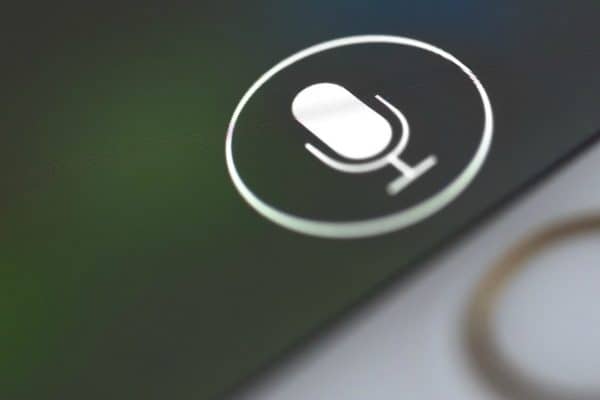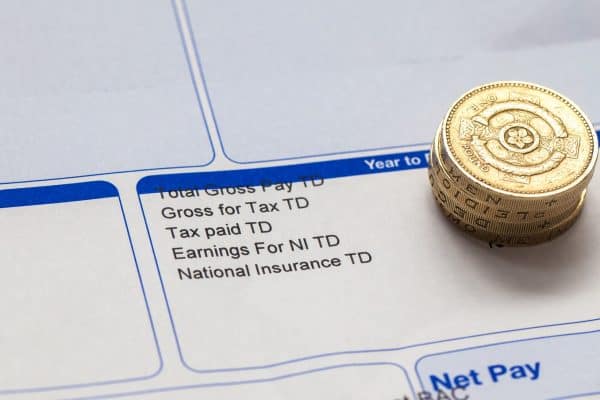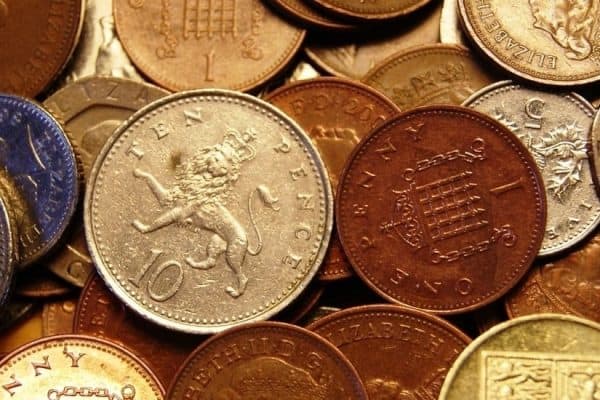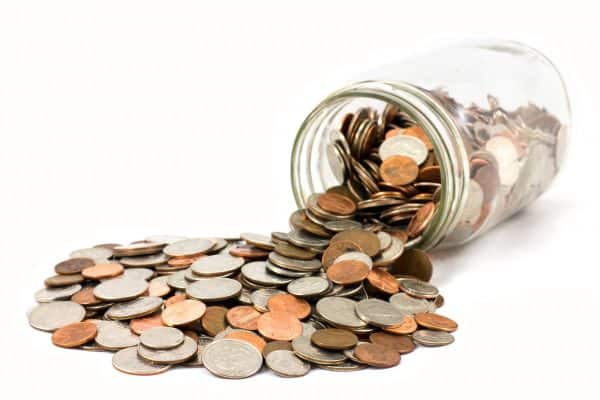If you’re struggling to make ends meet, it can seem impossible to build a decent pot in a savings account. With rent, bills and day-to-day expenses taking up most of your income, how can you find some spare cash to stash away? And let’s not get started on how prices are constantly rising! But all is not lost; there are small steps you can take to get back in control of your savings. Here, we go through a variety of money-saving hacks that will empower you to manage your finances more effectively. From little tweaks to your food shop to setting a budget, these small changes can make a big difference. So, take a look and see what would work for you; you don’t have to do them all, but cherry-picking a few will make a big difference to your savings.
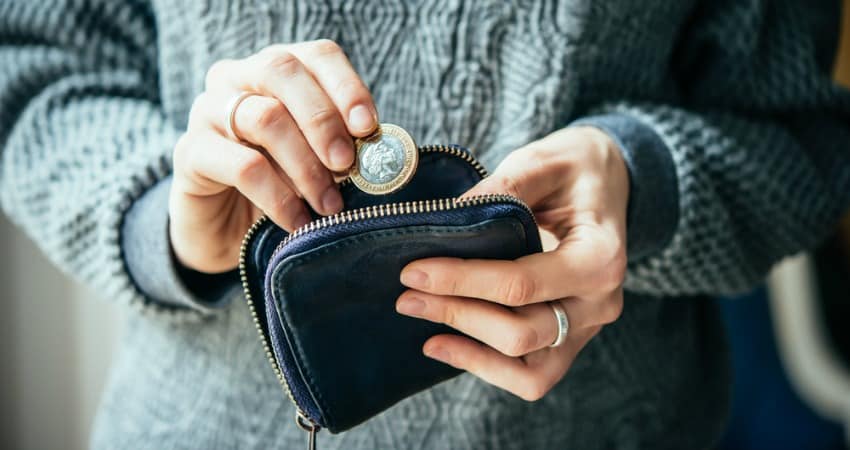
Personal Finance Savings Hacks
The first place to look when learning how to be clever with your savings is your own personal finance. There are a few saving hacks you can do to your personal finances to make them stronger.
Pay Off Your Debts
Before you do anything else, you should eliminate any debt you currently have. Prioritise your high-interest loans and credit cards first, even before creating an emergency fund. Generally, borrowing money will cost you more in interest than you will make from the interest in a savings account, so getting rid of your debt will allow you to save freely.
There are only two instances where you won’t benefit from paying off debt. These are if the interest rate is cheap (or free), so much so that you earn more in your savings after tax than the loan is costing you. Secondly, if there is an early repayment charge that is larger than what you’d be saving by paying it off early.
Set Goals
Having a goal in mind can help focus your mind on saving money. Perhaps you want to buy a car before the end of the year, or you’re planning a trip of a lifetime adventurous holiday next summer.
Whatever you’re planning, work out how much money you need and how long it will take to save it if you save a certain amount each month. Putting up pictures of your goal – a sunny beach, for example – or finding a way to visually track your progress can help keep you motivated.
Make these savings goals SMART (specific, measurable, attainable, relevant, time-based) so that you can keep on top of them. Once you have your goals, you know how much you want to save in a set amount of time, you can see how much you need to save each month. Then you can make a plan for achieving your savings success!
Related: How to Save Money When You’re Bad at Saving.
Automate your savings
A really simple money-saving hack is to make your savings automated. Most banking apps will allow you to set up a direct debit straight from your main account to your savings really easily. Set this up for payday or the day after, and you won’t even notice the money moving to your savings! Some bank accounts also have an option to automatically move any spare change when making purchases to be moved into your savings. For example, if you buy a sausage roll at £1.50, 50p will be moved into your savings to round up to the nearest pound.
It doesn’t matter how little you are saving, as long as you are saving. If you automate this, so you don’t even have to think about it, your savings will naturally grow each month.
Find the best rate
When looking for savings accounts, shop around for the best rate. It doesn’t pay to stick with the bank you know. And it doesn’t always pay to stick to high street banks either! You can sometimes get better rates by looking at online accounts.
Use a price comparison site to hunt around for the best rates. Some savings accounts pay as little as 0.01%, which means a balance of £1,000 will earn just 10p interest in a year, so by knowing where to look and putting your money in a high-interest current account, you can do much better.
Set a budget (and stick to it)
It’s hard to save if you don’t actually know where your money is going, and this is where a monthly budget can help.
Firstly, you should make a list of your ingoings and outgoings. You can do this the old-fashioned way with paper and pen, use a spreadsheet, or there are even apps that can do this for you, and some online banks also have this function. This will allow you to track your spending, and from there, you can work out your monthly budget. Find out more in our budgeting basics.
When setting up your budget, the 50/30/20 rule is a good place to start. With this rule, 50% of your income should be for your needs (household bills, mortgage/rent, food etc.), 30% should be for your wants, and 20% should go into savings.
Have three savings pots
Having three separate saving pots can make a big difference to your savings – you shouldn’t put all your eggs in one basket, and you shouldn’t put all your savings in one pot either. These three pots can really help your savings goals and help you keep on top of your savings.
The first pot should be your emergency fund. You should look to save 3 months’ worth of expenditure here. Keep this pot in an instant access account so that, if an emergency does happen, you can use your emergency fund straightaway (before building it up again).
Use the second pot for short- to medium-term goals. These are things you want to save for and purchase within the next two years. Instant access accounts are also good for this pot.
Lastly, your third pot is for long-term goals, which are things you want or need further than two years away. ISAs that aren’t as easily accessible are good for this. You want to be able to squirrel this money away for your future.

Food shopping savings hacks
Food shopping is a great place to find money-saving hacks. Just some small changes to your grocery habits can make a big difference to your finances. Here are a few clever ways to save on your food shop.
Make savings at the supermarket
When at the supermarket, there are lots of ways to save. Firstly, don’t stay loyal to big brands; instead, swap these for supermarket own-brands. These are just as good as branded products but often much cheaper. Making just a few swaps will soon add up to big savings on your weekly food bill. Check out our simple supermarket switches to save money.
Another supermarket hack is to start couponing. Being savvy with vouchers can save you a decent amount on your shopping, especially if you’re clever about it.
Don’t forget to check the clearance too; you may find what you want at a lower price in this section. It may mean you have to use something that night, or you may just have to freeze something for later, but these little inconveniences are worth it for the savings.
Buying in bulk is also a great supermarket-saving hack. The more you buy, the cheaper each portion will be. So, opt for that large bag of pasta instead of the small one. This is easy for tins and dried foods that have a long shelf-life. For perishable items, freeze what you can if you can’t use it straight away.
Related: How to control your weekly shopping budget.
Write a list
One easy way to curb your spending at the supermarket is to write a list of what you need and stick to it. This will stop you from making impulse buys and buying anything that you don’t actually need.
Before you shop, plan your meals for the week and write down what you need. Once you’ve done this, check your cupboards, fridge and freezer to see if you already have anything on the list. Cross off anything you don’t actually need to buy this time, and you’ve saved money before you’ve even gone to the shop. Once at the supermarket, be strict and stick to the list. Don’t go shopping when you’re hungry either; this will make sticking to the list harder.
Open a Lifetime ISA
This option is a great one if you’re saving to buy your first property, or for your retirement.
Lifetime ISAs will be available from 6 April 2017, and the government will add a 25% yearly bonus to anything you save. So, if you save £1000, the government will give you £250.
It sounds like a fantastic deal, but there are one or two catches. Firstly, you need to be aged between 18 and 40 to open an account. Secondly, the cap on how much you can save in a single year (excluding the government bonus) is set at £4,000. This will result in a maximum government bonus of £1,000 a year. You can pay this little by little or as a lump sum, but you won’t be able to put more than this amount in.
Most importantly, you’ll only get the government bonus if you do one of two things with the money in your ISA: buy your first home or wait until the age of 60 to withdraw it.
Set goals
Having a goal in mind can help focus your mind on saving money. Perhaps you want to buy a car before the end of the year, or you’re planning a trip of a lifetime adventurous holiday next summer.
Whatever you’re planning, work out how much money you need and how long it will take to save it if you save a certain amount each month. Putting up pictures of your goal – a sunny beach, for example – or finding a way to visually track your progress can help keep you motivated.
What are your money saving tips? Let us know in the comments!





